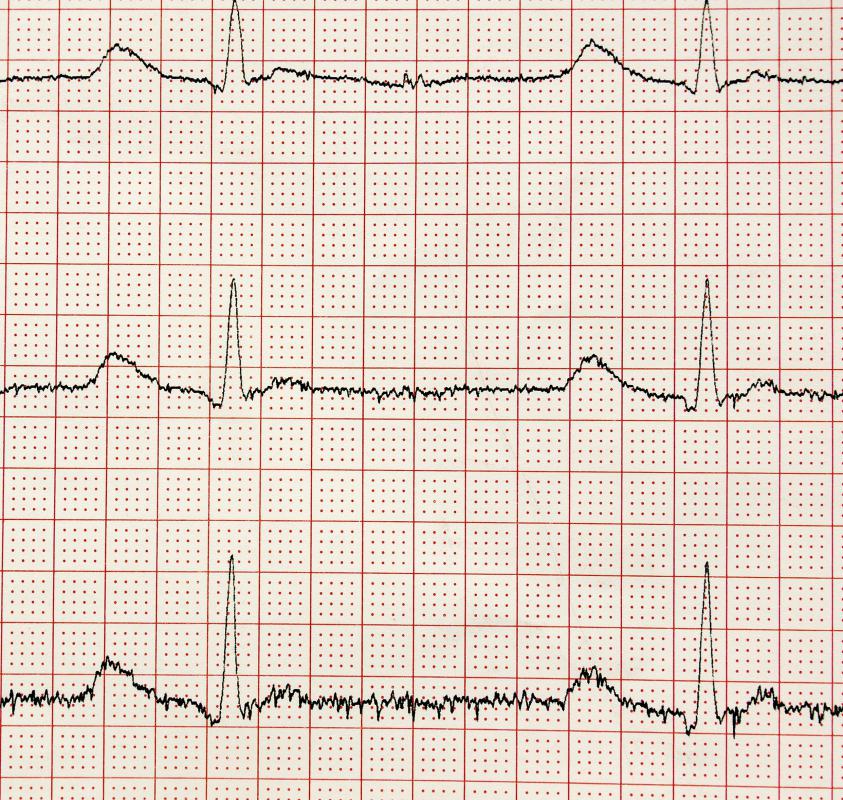At WiseGEEK, we're committed to delivering accurate, trustworthy information. Our expert-authored content is rigorously fact-checked and sourced from credible authorities. Discover how we uphold the highest standards in providing you with reliable knowledge.
What does an EEG Technician do?
An electroencephalogram (EEG) technician operates, maintains and sometimes services this medical equipment. He or she administers the EEG test, which involves placing electrodes on the patient's scalp and generating the stimulus needed to capture and measure the activity of the patient's brain or nervous system as a whole. Explanations of what takes place during such a test are given to the patient and his or her family by the EEG technician in charge of the procedure. These technicians are responsible for gathering a patient's medical history, helping him or her to relax during the procedure and delivering the results to medical doctors.
There are various reasons for which an EEG technician is ordered by a physician to measure a patient's brain or nervous system activity. Doctors require the results of the test to help them make a diagnosis. Signs and symptoms that might prompt a doctor to order an EEG include, but are not limited to, any type of seizure, migraine headaches, blurred vision, fainting spells, amnesia and any form of paralysis. If there is any suspicion of the development of Alzheimer's disease, dementia, amnesia, the presence of a brain tumor, epilepsy or injury to the brain or any section of the spinal cord, doctors might have an EEG technician test brain activity.

There are various ways that an EEG technician provides stimuli for the test. He or she might use lights of various colors and brightness or lights that blink. Different types of breathing exercises might also be used. Most patients have at least a little apprehension before and during the procedure, which is why it is the responsibility of the EEG technician to thoroughly explain in plain language the various aspects of the test. The technician also answers any and all questions that the patient might have and helps to calm him or her, because it is important for the patient to be as relaxed as possible during the test.

Depending on the training that an EEG technician has, he or she might take charge of the maintenance and repair of the electrocephalogram. If he or she lacks the knowledge needed to repair this medical equipment, knowing when to arrange for repair services is vital so that tests can be performed without delay. An EEG technician almost always has at least a high school diploma, but he or she might not possess a college degree if clinical training was acquired. Some EEG technicians, however, do hold an associate of applied science degree in Electroneurodiagnostic Technology.
AS FEATURED ON:
AS FEATURED ON:


















Discussion Comments
The average salary for an EEG technician is around $42,411 per year.
As an entry-level technician, you can increase your salary by gaining work experience and obtaining additional certifications in this field.
Post your comments